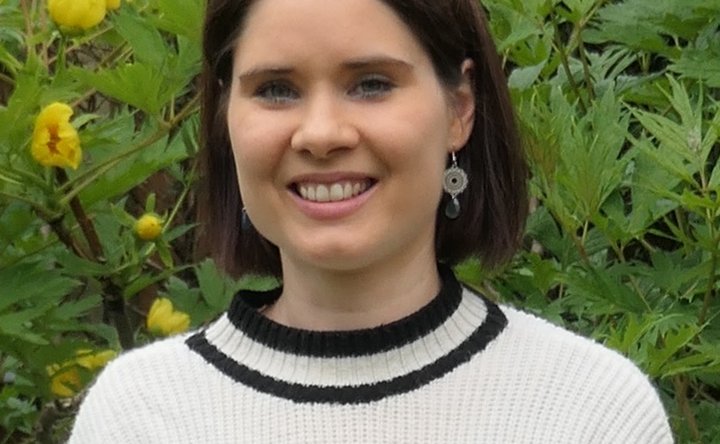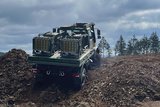How Ukraine’s wartime innovators are redefining tactical communication
A Ukrainian soldier operates a tactical radio system designed to withstand electronic jamming on the frontlines. (Photo HIMERA)
Before Russia invaded Ukraine, Dnipro-based entrepreneur Misha Rudominski was chasing his childhood space dream as he raised a funding round to scale up his rocket company Promin. Then, when Russian tanks crossed Ukraine’s borders, Promin’s investors got cold feet and Rudominski’s priorities changed.
By July 2022, Rudominski had put Promin into a minimalist mode and founded HIMERA, which develops tactical communication systems that can keep Ukraine’s defenders securely connected despite omnipresent electronic jamming.
Within less than three years, the company’s engineers have developed and tested 20 versions of their radios and 80 versions of firmware. Since its conception, HIMERA has
Already have an account? Log in
Want to keep reading this article?
More from Land Warfare
-
China goes for ground-launched attack weapons as it strengthens deterrence strategy
China has been advancing its air defence capabilities with a new generation of precision-guided artillery and loitering munitions, positioning ALIT’s WS-series as direct competitors with Western systems like the US’s M982 Excalibur.
-
![Sweden boosts air defence capabilities with Diehl Defence, Saab and MBDA orders]()
Sweden boosts air defence capabilities with Diehl Defence, Saab and MBDA orders
The orders continue the country’s growing investment in its air defence systems across land and sea, coming months after previous investments by the government into IRIS-T SLM equipment.
-
![Russian T-90MS MBT goes for maximum survivability]()
Russian T-90MS MBT goes for maximum survivability
The in-production T-90MS comes with five levels of protection to tackle a wide range of evolving threats on the battlefield.





















